Der TANK
Institute Art Gender Nature HGK Basel FHNW
Campus Dreispitz
Freilager-Platz, CH-4142 Basel/Münchenstein
der TANK is the exhibition space of the Institute Art Gender Nature. It is a glass cube located on the Campus Dreispitz in Basel/Münchenstein. In addition to the Basel Academy of Art and Design FHNW the Dreispitz is also home to institutions such as HEK (House of Electronic Arts), Atelier Mondial, Radio X, and since 2024 the Kunsthaus Baselland, among others.
The enclosed openness of der TANK acts as a metaphor for the Institute as a whole, its name also referring to our former salmon emblem. The Rhine, found at the heart of Basel, was once the largest salmon-bearing river in Europe. A mere century ago, millions of the fish could be found in the river and its tributaries. Hatched in the fresh water of the Swiss Alps, the salmon would travel all the way to the ocean waters near Greenland only to return several years later to their birthplace in the mountain’s rivers to reproduce. Only since 1991, after a tumultuous century of cultural and industrial transformation affecting the river, has the salmon population and its habits been reinstated in the Rhine. Our Institute reflects this return to teeming life in a city renowned for its art historical importance.
der TANK is host to art practices that are just a little different from those found in traditional project spaces or art institution exhibition galleries. It also provides an opportunity to reflect differently on art practice today, providing a place for meditations on future notions of technology, life, materials, and commonality. The space hosts art commissions, that we call The Commissions. In addition to these commissioned installations, the Institute will activate the space for a series of «artistic proposals» wherein a selected group of students works in collaboration with guest artists. These exercises will form a hands-on debate on topics such as the intelligence of materials or singularity versus craftsmanship. Of course der TANK also hosts presentations of students' works and ideas that we call Students’ Realm.
der TANK is more than just a physical space located on the Campus Dreispitz. Acknowledging the increasingly large number of works many artists produce that exist in cyberspace or are specifically conceived for the web, der TANK is also an online art space. So far Esther Hunziker’s Sites, a series of extended interactive Google maps and new sites on Google Earth 3D, and Jeronimo Voss' Fanfares for Effective Freedom were virtually exhibited on der TANK's webpage. Both artists also teach at the Institute Art Gender Nature.



